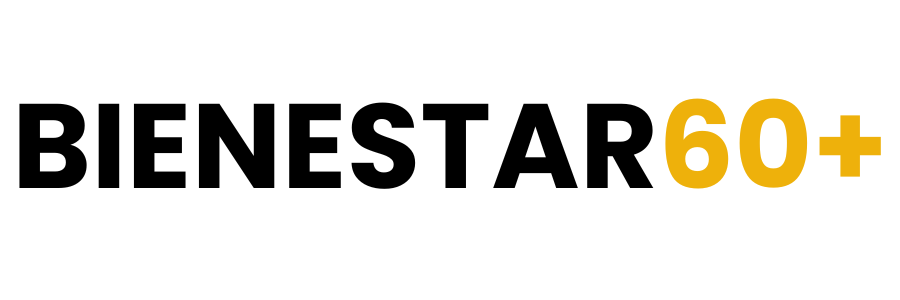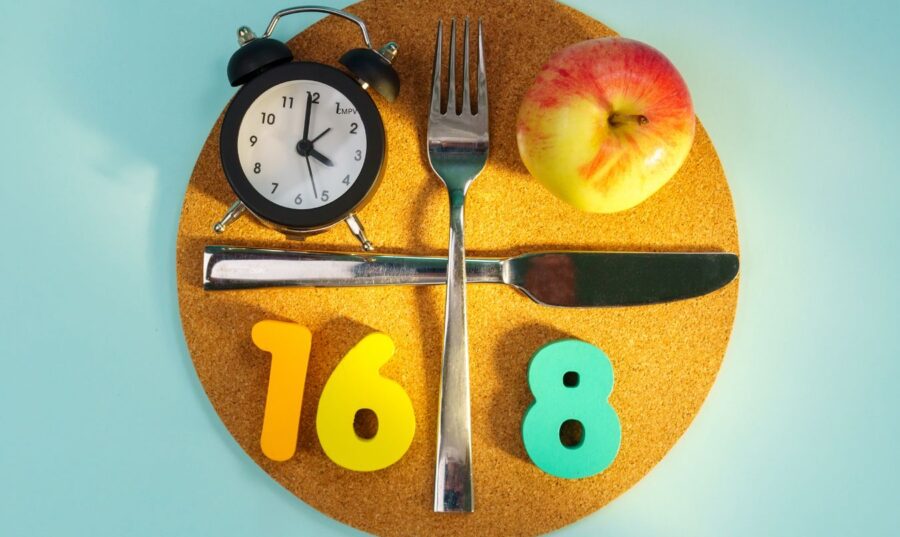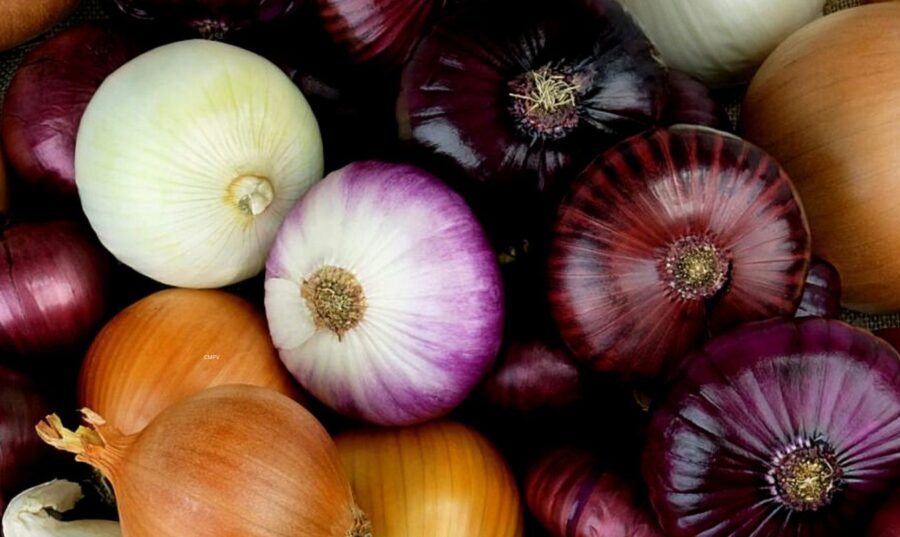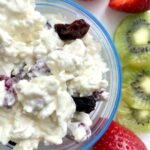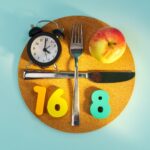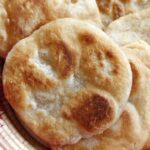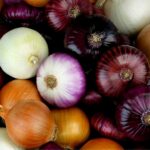|
Getting your Trinity Audio player ready...
|
Triglycerides are a type of fat. Its main functions in our body are:
- efficient and calorie-rich energy source
- energy reserve, its excess consumption is stored as fat
- provides a feeling of fullness or satiety when eating
- transports fat-soluble compounds, for example, vitamins A, D, E, and K
- provides sensory qualities of flavor, smell and texture to foods
- protects, cushions and covers the organs, especially the kidneys
Elevated levels of triglycerides are a risk factor in themselves for cardiovascular death. At high levels, platelets, the coagulation process and the formation of clots in the cardiovascular system are activated. These alterations allow fat to be deposited on the wall of the arteries. From 5 to 14% of people with type 2 diabetes have elevated triglyceride levels, which contributes to an increase in cardiovascular disease. High triglycerides increase the risk of pancreatitis. Also, triglyceride levels are evaluated as part of the diagnosis of metabolic syndrome.
He National Cholesterol Education Program classifies triglyceride levels as:
- adequate <150 mg/dL
- high border 150 – 199 mg/dL
- high 200 – 499 mg/dL
- very high ≥500 mg/dL (requires a very low-fat diet)
Recommendations to lower triglyceride levels include:
- weight management or losing weight if you are overweight or obese
- engage in regular physical activity, at least walking 30 minutes 5 times a week
- control the consumption of foods high in fat, visible and invisible
- take medications prescribed by your doctor, if any
- with levels greater than 500 the diet must be very low in fat (≤15% calories from fat)
Foods high in visible or obvious fats
- vegetable oils of all types (olive, canola, corn, coconut, sunflower, etc.)
- lard, bacon, bacon
- margarine, butter, mayonnaise, salad dressings, food spreads
- visible fats in meats such as pork chop, chicken skin, steak, etc.
- cream cheese, whipped cream, sour cream, coffee creamer or coffee creamer
Foods with invisible or not so obvious fats
- Nuts and seeds
- pizza
- avocado, olives
- pastry/baking: sponge cakes, donuts, custards, puddings, cakes, French bread, brioche bread, nougats, cookies, crumbles, mousses, cheesecake, curds, etc
- chips (all except baked or baked)
- fried foods, frozen foods to fry (they are pre-fried)
- chocolate, cocoa
- internal organs: liver, brain, tongue, heart, kidneys, legs, intestine, stomach
- sausages such as sausages, blood sausage, salami, pâté, sausage, butifarra, chorizo, salchichón, mortadella and hot dog
- canned meats such as ham or cold cuts
- regular ground beef or poultry
- milk and its products, including cheeses
- refrigerated doughs (refrigerated doughs)
- popcorn (popcorn)
- commercial baked goods such as cookies chocolate chip, brownies, muffins, etc
Many of the foods listed above with visible and invisible fats are already found commercially. low fat or fat free. That's a relief, since the diet to lower triglyceride levels, particularly if levels are above 200 mg/dL, is one of the most difficult diets to follow.
